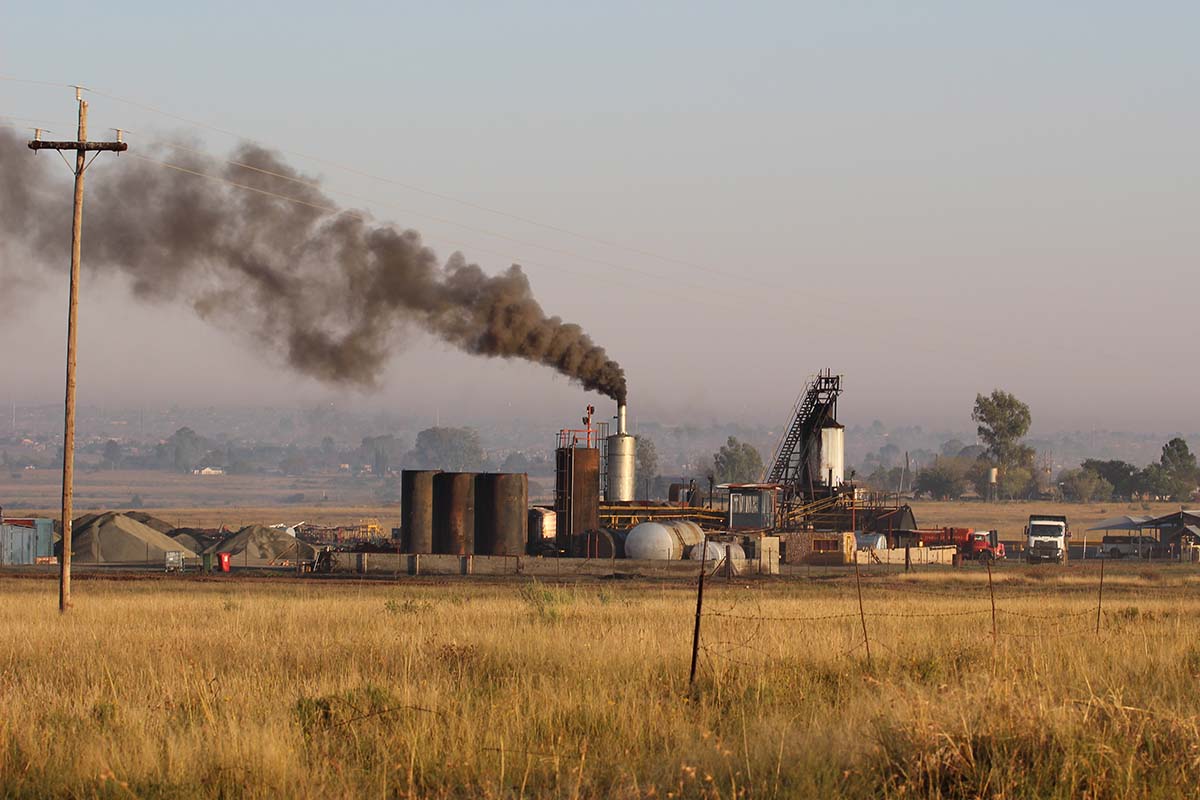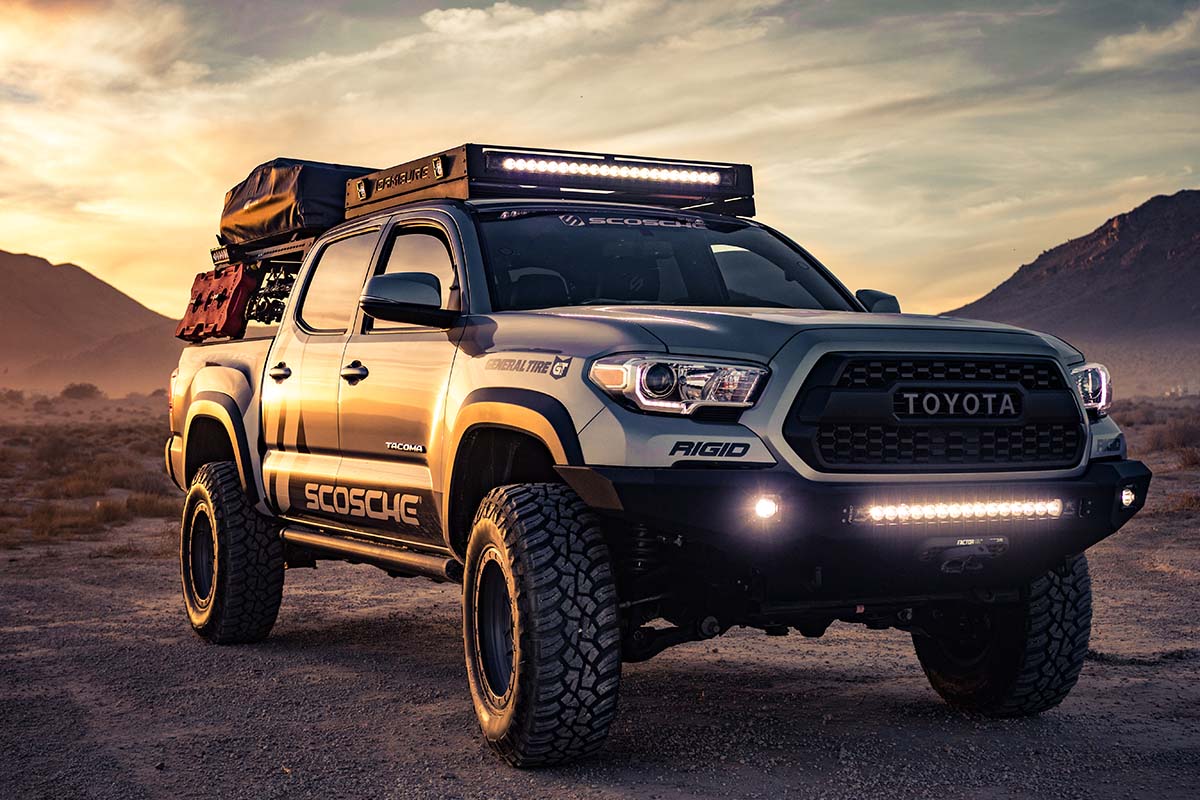Reducing CO2 Emissions in the Steel Industry
The steel industry is a cornerstone of the global economy, underpinning infrastructure, transportation, and manufacturing.
However, it also stands as one of the largest emitters of carbon dioxide (CO2), significantly contributing to climate change.
Reducing CO2 emissions within this sector is not only an environmental necessity but also a strategic move toward sustainable development.
The Environmental Impact of CO2 Emissions
Accounting for approximately 7-9% of global CO2 emissions, the steel industry’s environmental footprint is substantial.
This is largely due to the energy-intensive nature of steel production, particularly through blast furnaces and basic oxygen furnaces that depend heavily on coal and coke.
These traditional methods release significant amounts of CO2, a greenhouse gas that exacerbates global warming by trapping heat in the atmosphere.
The resulting environmental impacts include rising global temperatures, melting polar ice, sea-level rise, and extreme weather events, all posing serious risks to ecosystems and human societies. Reducing CO2 emissions is crucial for mitigating the carbon footprint of steel production.
Economic and Social Implications
Reducing CO2 emissions in the steel industry carries profound economic and social implications. Economically, high carbon emissions can result in increased costs due to carbon pricing, taxes, regulatory compliance, and potential fines.
Companies that do not adapt may face financial penalties and lose their competitive edge in a market increasingly focused on sustainability.
Moreover, investors and consumers are growing pressure on industries to adopt environmentally friendly practices.
On a social level, communities living near steel plants often endure poor air quality, leading to health issues such as respiratory problems and cardiovascular diseases.
Reducing emissions can significantly improve public health and enhance the quality of life for these populations. Additionally, emission reductions are in line with global commitments such as the Paris Agreement, which aims to limit global warming to below 2 degrees Celsius above pre-industrial levels.
Technological Innovations and Solutions
To achieve substantial CO2 emission reductions, the steel industry must adopt technological innovations and cleaner production methods.
One promising approach is developing and implementing hydrogen-based steelmaking processes, such as Hydrogen Direct Reduction (H-DR). This method uses hydrogen instead of carbon as the reducing agent, producing water vapor instead of CO2.
Pilot projects and investments in hydrogen infrastructure are crucial for transitioning to low-carbon steel production.
Another important innovation is the use of electric arc furnaces (EAFs), which recycle scrap steel and use electricity instead of coal.
Electric arc furnaces (EAFs) can significantly reduce CO2 emissions when powered by renewable energy sources.
Furthermore, integrating carbon capture and storage (CCS) technologies into existing plants can capture CO2 emissions before they are released into the atmosphere, allowing for safe underground storage.
Policy and Industry Collaboration
Achieving significant CO2 reductions in the steel industry requires robust policy frameworks and collaboration among governments, industry stakeholders, and research institutions.
Governments can incentivize the adoption of low-carbon technologies through subsidies, tax breaks, and stringent emission regulations. Public-private partnerships can facilitate the sharing of knowledge, resources, and best practices, accelerating the deployment of innovative solutions.
Conclusion
By adopting advanced technologies, supportive policies, and fostering collaborative efforts, the steel industry can transition to a more sustainable future.
This transformation aligns with global environmental goals and positions the industry to thrive in an increasingly eco-conscious market. The journey toward a low-carbon steel industry is challenging but essential for the well-being of our planet and future generations.



















